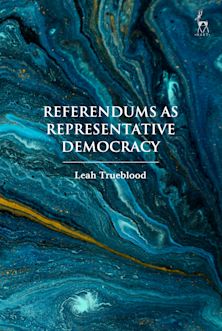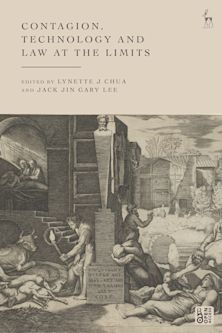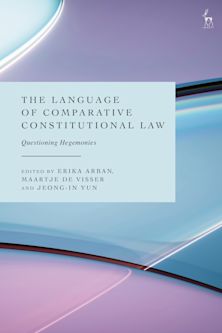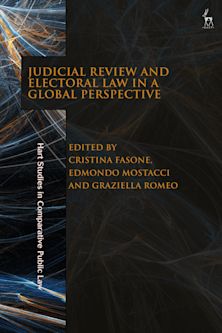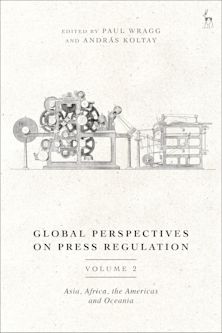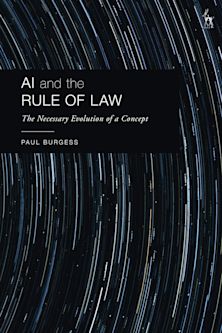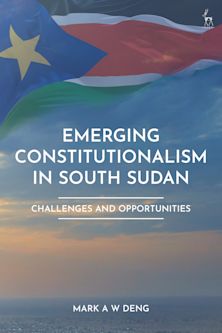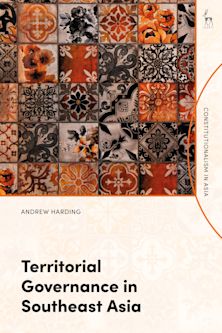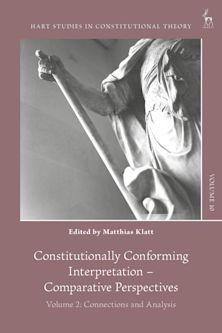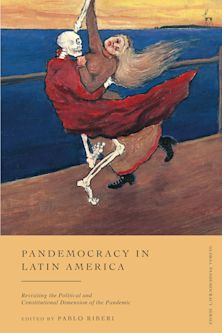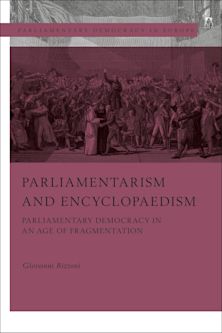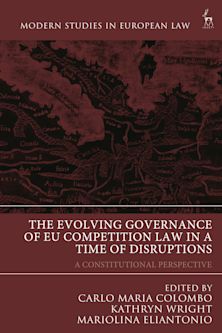- Home
- ACADEMIC
- Law
- Constitutional and Administrative Law
- The Constitution of the Republic of Austria
The Constitution of the Republic of Austria
A Contextual Analysis
The Constitution of the Republic of Austria
A Contextual Analysis
This product is usually dispatched within 3 days
- Delivery and returns info
-
Free US delivery on orders $35 or over
Exam copy added to basket
Choose your preferred format. Please note ebook exam copies are fulfilled by VitalSource™.
You must sign in to add this item to your wishlist. Please sign in or create an account
Description
The Constitution of the Republic of Austria originated in 1920. From the beginning it represented a compromise between deeply opposed political parties with widely divergent moral and political principles. The Constitution deliberately lacked substantive content, was formal in character, and was concerned only with the framework for the everyday political process. Constitutional amendments were, and remain, frequent events. As a result case law interpreting the constitution tended to be conservative in outlook; controversial cases were considered a matter for constitutional amendment rather than constitutional interpretation. Only comparatively recently, in the 1980s, has the Constitutional Court adopted a more expansive constitutional jurisprudence, especially in the field of fundamental rights. While this was to some extent an inevitable result of the influence of the ECtHR, it meant for instance that the principle of proportionality became enshrined in Austrian fundamental rights theory. The Constitutional Court even saw fit to set limits to Parliament's power to amend the Constitution. Becoming a member of the EU in 1995 presented Austria with new challenges, leading inevitably to the creation of a Constitutional Convention and, eventually, major amendments to the Constitution in 2008. This book shows how the Austrian Constitution has been shaped and interpreted by the fundamental events in Austria's modern history. At the same time it emphasises the way in which the Constitution establishes a parliamentary system, with additional presidential features, limited, in turn, by Austria's federal structure and the parliaments of nine states.
Table of Contents
2 Political Parties and Social Partnership
3 The Legislative Branch of the Federal Government
4 The Executive Branch of the Federal Government
5 Federalism and Autonomous Public Bodies
6 Jurisdiction
7 Fundamental Rights
Product details
| Published | Apr 28 2011 |
|---|---|
| Format | Paperback |
| Edition | 1st |
| Extent | 294 |
| ISBN | 9781841138527 |
| Imprint | Hart Publishing |
| Dimensions | 9 x 5 inches |
| Series | Constitutional Systems of the World |
| Publisher | Bloomsbury Publishing |
About the contributors

ONLINE RESOURCES
Bloomsbury Collections
This book is available on Bloomsbury Collections where your library has access.




















